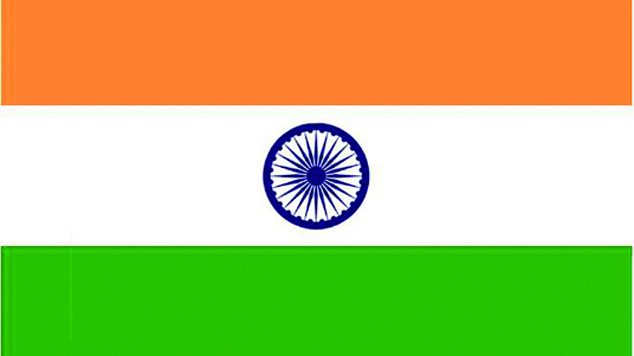The data from India’s first census including a third gender option found that 490,000 people identified as ‘third gender’.
The census was conducted last year, and the ‘third gender’ category was used to refer to transgender and intersex people. India has a vibrant community of ‘hijras’ (who in western terms would likely be understood as being of transgender experience) that dates back thousands of years. Hijras were celebrated in some sacred Hindu texts and are known for traditions of song and dance, but suffered discrimination under colonial rule. Some of India’s transgender population, referred to as ‘eunuchs’, were classed as criminals in 1897.
Last month India’s Supreme Court ruled in favour of providing a ‘third gender’ option allowing trans* people to identify themselves as such on official documents.
During registration for last month’s general election, 30,000 people checked the ‘third gender’ category. Activists claimed some people were reluctant to officially declare themselves transgender.
Trans activist Kalki Subramaniam said to the Times of India: “After the disappointment of the election commission’s efforts, this is fantastic news for the transgender community. We were extremely disappointed because during the voter registration process only 28,341 people registered as belonging to the third gender.”
In the census, 55,000 of the 490,000 people who identified as third gender were under the age of six. The data also found that literacy levels of transgender people were comparatively low at 46% compared to 74% in the general population.
Anjali Gopalan of the Naz Foundation suspected that the figure gained from the census was still likely to be lower than reality.
Gopalan said: “I am not surprised that the literacy rate is so low because it is not uncommon at all for [transgender people] to drop out of school because of the harassment and discrimination they face.”





